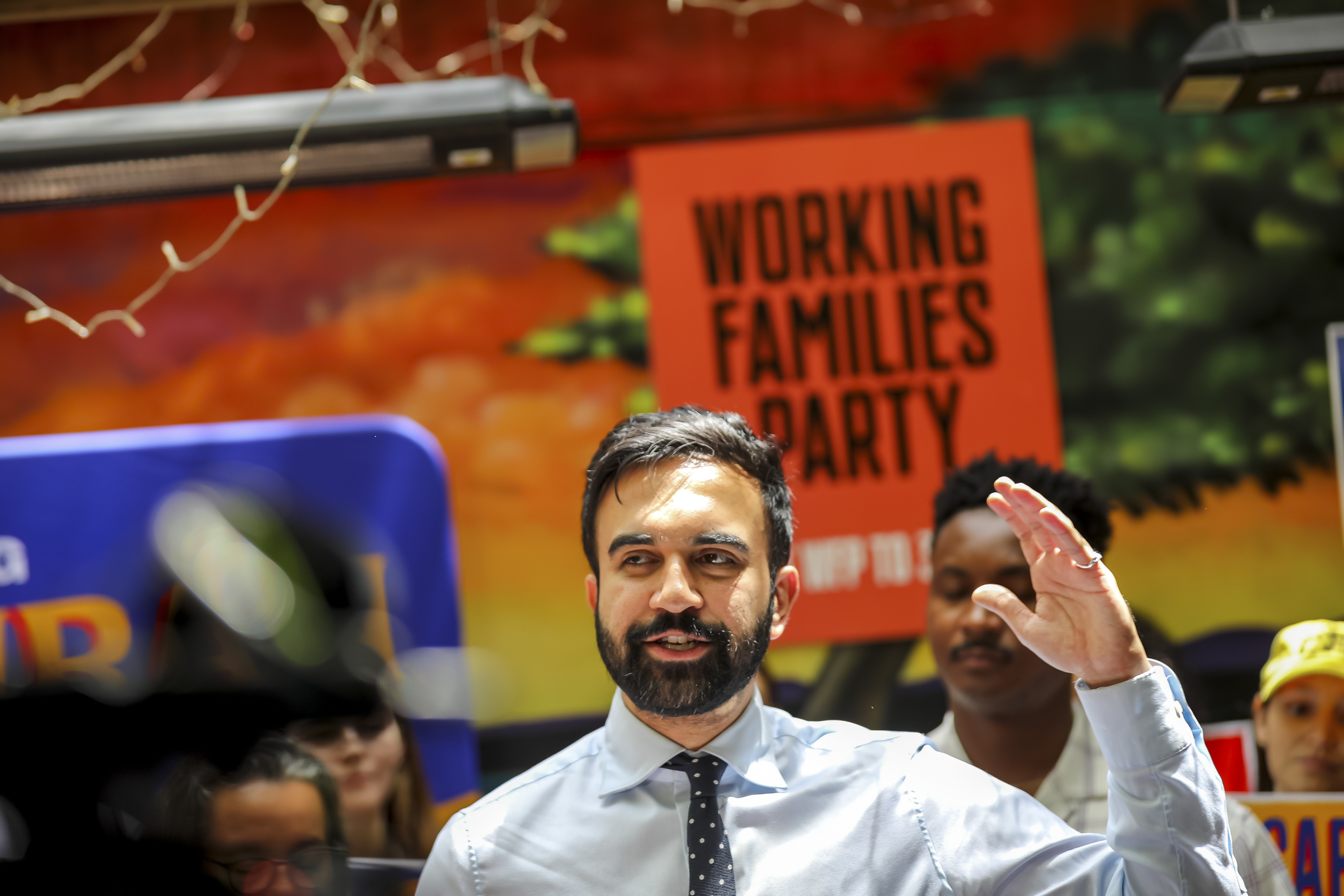Why shoppers are finding many products in such short supply
By now you've probably noticed empty shelves or delivery delays for everything from trucks and toilet paper to toys and smartphones. Even supermarkets, restaurants and school cafeterias are missing shipments.
One reason? A labor shortage along the supply chain, the shorthand term for a series of steps that goods make from farm and factory to store shelves or your door. Simply put, there aren't enough workers to process, move, sell and deliver all the goods coming into U.S. ports across the country fast enough. A national shortage of truck drivers is also making it harder for goods to quickly reach warehouses, which themselves are understaffed.
The upshot for consumers: It's taking longer to get items on store shelves or on your doorstep. Much of the problem stems from the sudden shift in Americans' buying habits during the pandemic, said JPMorgan Chase's Michael Cembalest in a podcast accompanying a report titled "Dude, where's my stuff?"
As more people started working from home, consumers — whose purchases account for roughly 70% of the U.S. economic activity — started buying more goods than services. Add to that a widespread computer-chip shortage and the supply chain begins to buckle, said Cembalest, chairman of the investment bank's asset and wealth management division.
"COVID has worsened some of the vulnerabilities in the U.S. supply chain, just as global goods trading is surging and people want more stuff instead of services," Cembalest said.
The shortages could continue into 2022 before easing, some economists predict.
Don't wait to buy hot toys
About 90% of all goods are shipped across oceans. China is not only implementing partial shutdowns in ports when a COVID-19 case is discovered, it's also implementing power cutbacks amid an energy shortage as the nation works to go green. Factories across Asia are shipping fewer goods.
The industrial hub of Guangdong is cutting factory power across industries as the Chinese public is urged to lower lighting and air conditioning use, said Mark Haefele, chief investment officer for UBS Global Wealth Management, in a note to investors this week.
Some 85% of the 3 billion toys sold in the U.S. come from China, according to The Toy Association. That means If you want some of the best-selling toys this holiday season, it's advisable to buy early and in-person at smaller retailers, Marissa Silva, editor in chief of Toy Insider magazine, told CBS MoneyWatch.
Toys should be in stock now, but some arrived four to six weeks behind schedule. That includes items on the magazine's Hot 20 list, like Pokémon Trading Card Game: Celebrations Elite or the Batman Bat-Tech Transforming Batcave. Some classic toys this year are priced $2 and $3 more than last year because of higher supply-chain costs, she said. What's more, delivery delays may push restock orders past December 25.
"So if you're looking at some of these hot toys, you can't wait until December 15 to purchase them because there is a good chance that they'll be off shelves until January. We're hoping that people can avoid that," Silva said.
U.S. ports backlogged
Once goods do arrive in the U.S., they can still hit big backups In Los Angeles, a record 70 cargo ships were waiting to get into the LA and Long Beach ports in mid-September. Together, the two ports handle roughly 40% of the nation's imported goods. What's more, the cost to ship those goods skyrocketed as containers filled up faster than China — where most containers are made — could produce them. That caused additional delays.
The average cost to rent space on a container ship from Southeast Asia to the North American West Coast was about $10,800 at the end of last week, nearly five times the price this time last year, according to an index from tracking company Freightos. Shipments from the region to the East Coast were almost double that at roughly $21,000.
Traffic overall is up 50% from pre-pandemic levels, Port of Los Angeles director Gene Seroka recently told CBS News . "The American consumer's buying strength is so strong and epic that we can't absorb all this cargo into the domestic supply chain," he said. "That means you're not going to find the product you want as quickly as normal. If you're shopping for the holidays, start now."
Truck driver shortages slow deliveries
Once offloaded at ports, goods languish for up to two weeks because there aren't enough drivers to transport them, said Oren Klachkin, the lead U.S. economist for Oxford Economics in a recent report. Pre-pandemic, a typical wait was three to four days.
"The trucking industry — which moves 75% of total freight across the country — is struggling to transport record amounts of goods," he wrote.
As of 2019, the U.S. was already short roughly 60,000 truck drivers. That figure could to more than 100,000 by 2023, the American Trucking Association's chief economist wrote in a report that year.
Also stuck on ships and at ports is trucking equipment and engineering parts needed for the current fleet on the road, Nick Najjar, director of transportation of Land O'Lakes, told CBS Chicago. "There's the supply side; there's getting drivers into the industry, getting them trained and in trucks; then getting equipment to act for the demand for freight," he said.
Warehouses, shippers looking for help
When goods arrive at a warehouse, there are fewer people than needed to sort and move goods back out again fast enough to match consumer demand. Heading into the critical holiday season, big retailers are trying to change that.
Amazon said it plans to hire 125,000 U.S. warehouse and transportation workers. Some 1 million people from around the world applied for jobs during the online retail giant's September 15 recruiting event. Those jobs offer average starting wages of $18 an hour and up to $22.50 an hour in some locations.
Walmart, the nation's biggest private employer, plans to hire 20,000 workers to fill online orders and drive lifts at more than 250 Walmart and Sam's Club warehouses and distribution centers. The average wage for supply chain associates is $20.37 per hour, according to the company.
At FedEx, more than 600,000 packages a day are being rerouted because of staffing shortages, executives told investors on a recent conference call.
For instance, at the company's Portland, Oregon, shipping center some 25% of packages are rerouted because they "simply cannot be processed efficiently to meet our service standards," Raj Subramaniam, the company's chief operating officer, told investors on the call.
FedEx wants to hire 90,000 new employees. Competitor UPS is targeting 100,000 ahead of the holiday season.





